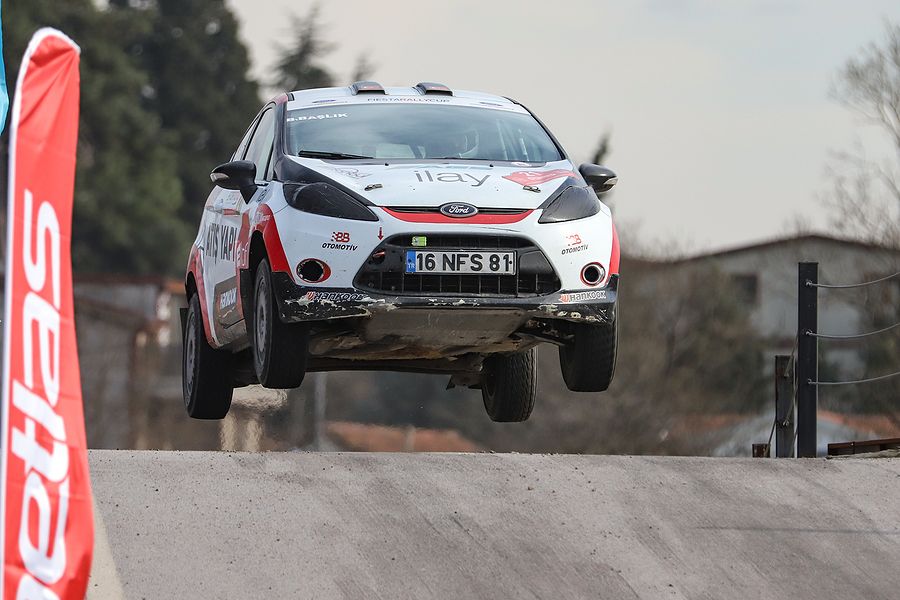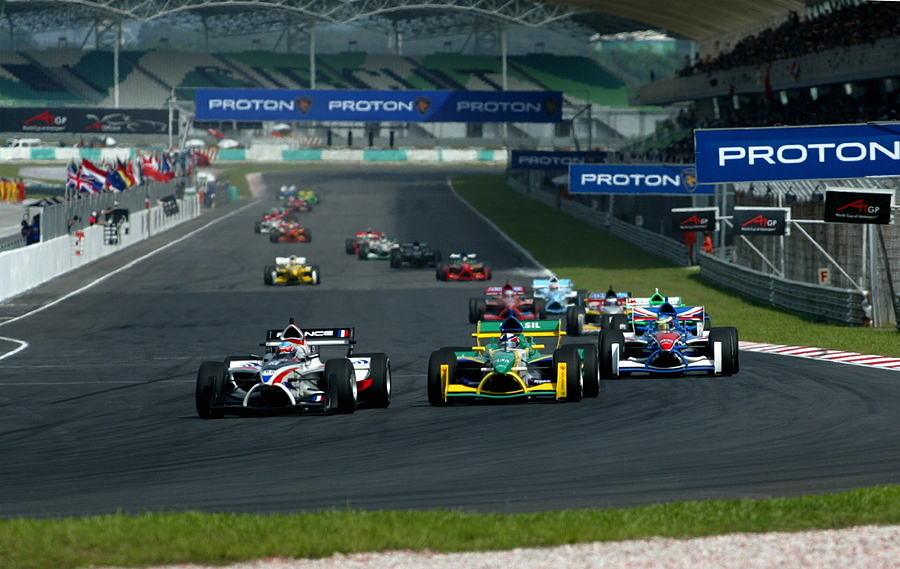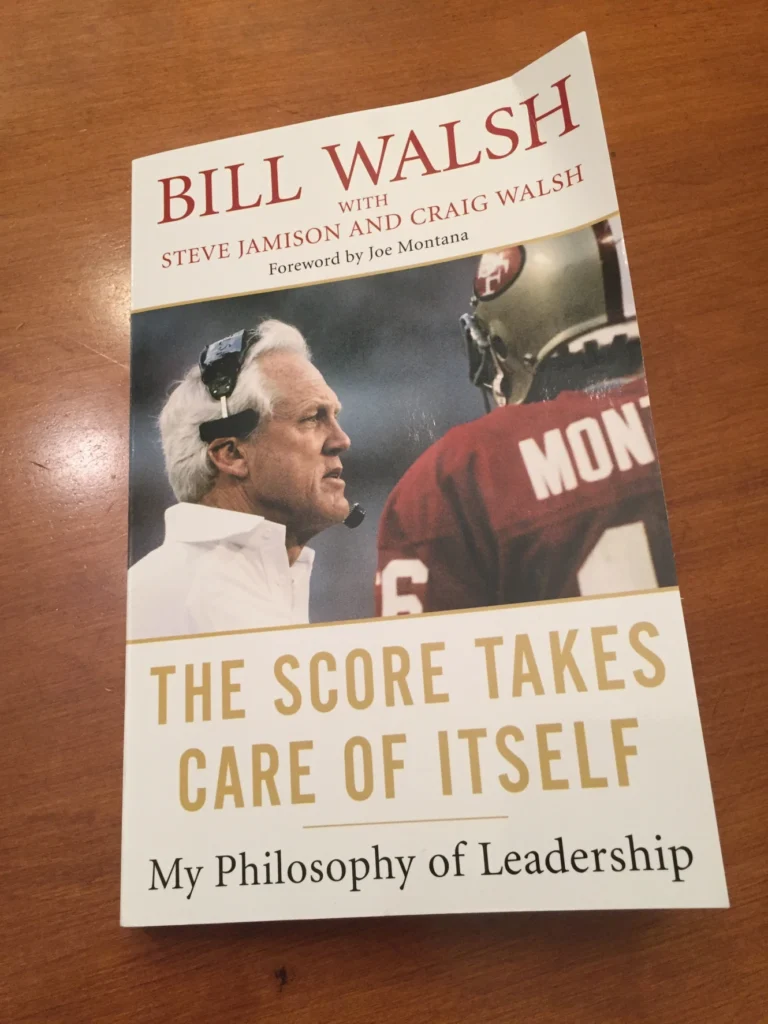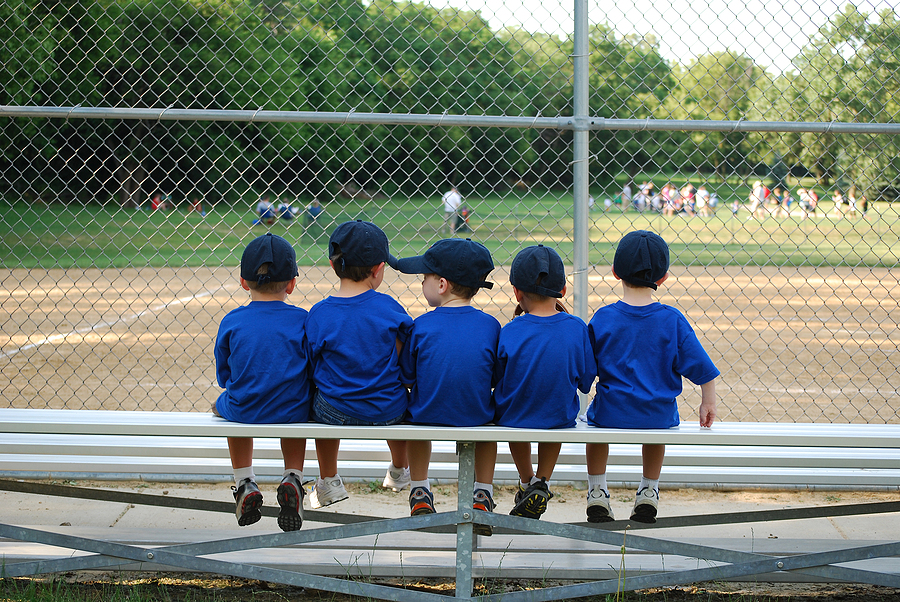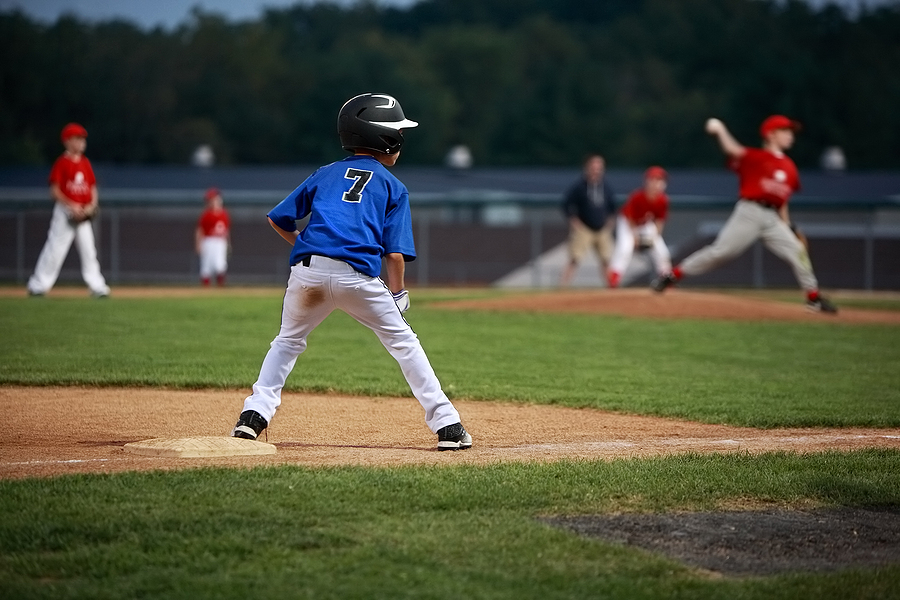
Our very own Darren Godwin recently interviewed with Radio New Zealand, and his advice was so beneficial we decided to transcribe it and convert it into this brand-new feature article entitled Mental Skills For Younger Performers. Please add any and all questions and comments at the bottom, and Darren will endeavour to reply to each and every one. Note some edits have been made to the original to make it easy to read.
Catherine [The Interviewer]:
In parenting, we’re talking about how to help sporty kids deal with the psychological impact of winning, losing, and the pressures of competition.
Melbourne-based provisional psychologist Darren Godwin works with Australia’s largest sport and performance psychology practice, Condor Performance. Professional sports teams have the services of psychologists to help players navigate the ups and downs of competition and their own doubts and motivation. Darren says tween and teen athletes and their parents can benefit from the same assistance. Thanks for being with us.
Darren Godwin [The Interviewee]:
Hi, Catherine. Thanks for having me. How are you doing?
Catherine:
Really good. I want to make an observation at the outset, and that is what we’ve seen, and it’s become a source of some angst and debate about what seems like a growing kind of professionalisation of high school sports in particular. We’ve got schools with academies and kids in training programs. I have spoken to some physiologists worried about the level of training that some are going through while their bodies are still growing. What’s your starting point, and what’s happening in Australia concerning the sorts of quasi-professional sports that kids are coming up against quite young?
Darren:
I think there are probably a couple of factors that can contribute to that, and one might be just that our world is more connected than ever before, so we can access and see people who do incredible things more easily. There are a lot of people who do incredible things around the world. So perhaps that pushes or incentivises us to start introducing that earlier and earlier into some of these education systems.
Catherine:
Some schools compete on this basis, and it’s not like, in our case, rugby and rowing and whatever haven’t always been sports where schools have prided themselves or built their reputation. Still, this idea of academies and quasi-professional training does seem to have spread. It’s just an observation. Is this what is on your mind, or is it more just in general for any young person playing competitive sport they’re going to come up against those highs and lows?
Darren:
I think it’s more just a general sense of it. Sport offers some unique experiences that I think can provide a lot of areas to grow and develop as a person, and I think there are a lot of parallels between just some of the nature of things that happen within sports. How can we develop skills that support and enhance people to learn, grow, and handle those challenges life will throw our way, too?
Catherine:
Another general observation. You’ve gone there already in some ways. We seem to be having a generation that, for various reasons, is dealing with rising anxiety or has to manage anxiety. Your reference to how interlinked everything is and the overload that can be put on young brains and nervous systems is one factor. A pandemic interrupting their schooling and regular routine is another. But in general, is that on your mind also that resilience is something we need to work on with a generation of young people?
Darren:
Yeah, absolutely. I think it’s helpful to acknowledge a mental skills component that we culturally don’t introduce to our younger audiences. We look at the systems and the education systems, facilities, things we’ve got set up there, there’s more of an emphasis on the knowledge, the learning and the connectivity, but not so much on the mental skills development. So, we are trying to build the capacity to learn how to handle those challenges and build resilience.
Catherine:
So, where do you begin? Let’s get some parameters around the kind of ages that we’re talking about, what’s appropriate, and what’s helpful at different ages and/or stages of development.
Darren:
Sure. In my experience, at least, we work with anyone between the ages of ten, and maybe the oldest I’ve worked with is sixty-eight. So it can be for a variety of things. It could just be someone who is looking to be highly competitive. It could be someone just looking to enjoy their weekend competition more. A lot of what we do to support them is to help them with things like confidence in their skills and abilities, the confidence to execute what they’ve practised in any given conditions, the composure to manage their emotions under stressful situations and the commitment to trade-off, I guess, what might seem like something hard in the short term, but it’s going to provide a long-term benefit.
So when we look at those age brackets, the developmental brackets we’re talking about, young kids, we try to accentuate the fun and keep them involved.
Catherine:
We want them to have fun, right?
Darren:
Exactly.
Catherine:
We don’t want to stress them out.
Darren:
Social development, it is a highly social period for youngsters. They’re trying to connect with themselves in the world, so at a young age, we’re saying, “Hey, let’s look at the fun side of things a little bit more.”
Teenage years, it’s becoming a lot more social, but they’re becoming a lot more independent. They’re trying to figure out who they are and what they want to be in this world. So that is typically when we start to see more competitive things show up and still the same thing. It’s trying to help them understand what they want to do that’s going to help benefit them in the long run.
Catherine:
Let’s come back to those three points you’ve already touched on that are all interrelated. Let’s break them down. Let’s start with confidence. It’s about doing what you’re trained to do, but many things can get in the way, right?
But I wonder if we should start with number two, managing emotions and stressful situations. You’ll often see this in young kids, you’ll spot probably the champion at a very young age because they seem to manage to be calm. They seem to focus on fixing a mistake or concentrating on what they will do next. Then there’s someone else who’s angry, frustrated and throwing the tennis racket. So how do we begin to introduce and help kids with the skill to manage their emotions and the stress of competition? What sorts of things would you do?
Darren:
When we’re talking about emotions, I always try to explain there are two components. One is the internal experience that’s happening with that emotion, what do we feel and the other is the expression of that emotion, what do we do?
So we try to separate the two so we can acknowledge and accept that you’re a human being and it’s okay to have all these emotions. They show up because it’s helpful for our survival and/or something matters to us in that moment. We don’t get emotional about things we don’t care about, so something matters to us at that moment.
So it’s building those mental skills to acknowledge, understand, and accept what emotion is showing up for me now, as well as how I express what I want to express. If we want to go one step further (what you said is I’m here with a task in front of me), how do I shift my focus to the task in front of me if that’s what’s most important?
Catherine:
So first of all, it’s that old thing as always with young people – validate what they’re feeling.
Darren:
Absolutely.
Catherine:
There’s also the … it’s dubbed red to blue, right? Athletes learn this at all levels. There’s your immediate rage reaction, stress reaction, or worry reaction, and you want to get to the calm blue ocean part of the brain to deal with the issue. In what ways would you deal with, say, an early teen or a mid-teen on the emotion in the moment? Is it a simple breathing skill or a calming skill? Is it self-talk? What kinds of skills can they add to their repertoire quite young?
Darren:
Oh, I think maybe a mindfulness practice is probably something that they can start to do. Mindfulness is defined by two main points. One is contact with the present moment. And two is a reduced judgment of what’s happening in their current experience.
Like with all things, preparation is going to benefit this the most. So it’s trying to help and guide athletes to practice these things in advance so they’re not left in a situation where they must scramble and work out something on the fly. I guess a mindfulness practice is something that can be helpful. It can just start with a minute or two minutes of just observing and watching different experiences that are happening, tuning into one or some of our senses, what we see, smell, taste, touch or hear, and that can often be a good way to recenter us back into this moment right now.
Catherine:
Let’s work through perhaps the anticipation of a big event and the nerves and anxiety that can build over the days ahead. Is mental rehearsal still a big thing? Does it help to visualise where you’ll be, what you’ll be feeling, what you’ll be doing, where your locker will be, and where your gear will go? Is that something you can help develop as a skill as well?
Darren:
Absolutely. Yes. Mental imagery, visualisation, and mental rehearsal are fantastic skills to help with our preparation. These mental skills have many benefits. First, you’re repeatedly putting yourself in that situation and becoming more familiar with it. Trying to recall with detail the things that you want to focus on, where you want to be, what you want to do and how it’s going to go, and that it’d be deeply connected to what you’ve trained and what you’ve practised.
Visualisation is also very accessible. If you can’t make training that day for whatever reason, it can be done in your home. It can be done alongside your training. Some good research shows the benefits of doing it alongside training, and it can be done when you’re injured. So it keeps you connected with the task and what you need to do.
Catherine:
It could also be very basic. I mean, it’s not necessarily just about the skills that you want to rehearse mentally. It can be like, “Okay, I’ve got a stressful day tomorrow. I’ve got to be ready to go at this time. What time am I getting up? I’m going to shower. I’m going to have my breakfast. I’m going to pack my bag, or I’ve got my bag packed.” Walking through all the steps that can cause stress and pressure. Right? It’s the anticipation of practising what you will go through.
Darren:
Yes, absolutely. Another point to what you said is that it’s an acceptance or a connection. We’re not trying to avoid the stress that’s happening the next day.
Catherine:
We’re walking into it.
Darren:
We’re walking into it.
Catherine:
So, with nerves and anxiety, what ways do you talk this through with young people? They are here to help us, that they can feel unpleasant, but that they serve a purpose? How do you help them harness them rather than be overrun by them?
Darren:
I think just a little bit of education comes along with that. For example, just trying to understand the physiology, the biology that we have and how our body works, and these things are ultimately here to help us.
Then, if you break down the actual things that are happening physiologically for us, things like our heart rate going up, meaning we’ve got more blood going to our muscles, which means we’re going to be more ready to use those muscles with strength, power, and flexibility. Our pupils are dilating, and we can see things more clearly and easily identify moving objects. Usually, that alertness, that energy in our body, means that our reaction time is consistently sharp. So when you go through all of these things, and you ask an athlete this kind of things that benefit your sport, almost all the time, they’re going to benefit their performance or their sport in some way.
Catherine:
It will also benefit school work, exams, and other things that cause stress. How do you approach negative self-talk? Some people seem to have a natural talent for turning things around, and others, it’s always, “I won’t win this. I’ll get this far. I’m ahead, but I’m going to muck it up.” How do you talk through that self-talk intervention with people at this age?
Darren:
I think it’s interesting at a young age because they haven’t necessarily had as much time to go further down that self-talk route and develop a habit or relationship with that self-talk.
So I might say something like if we’re going to cross a busy intersection and there are four lanes of traffic with cars and there are no lights and they’re all going very quickly, we’re going to think about … probably what we would say is negative things. “Oh, I might get hit by a car.” It’s not a pleasant thing to think about, but it’s a very helpful thing to think about.
So it’s just trying to build this relationship that sometimes, as these negative things arise, can we practice identifying the context? What’s this situation? What’s happening right now? What’s important to me right now? Then, if it is important, let’s pay some attention to it. And if it’s not, we can practice letting go, and it’s that letting go part that I think is important in some sporting contexts because the sporting context triggers some of those things quite a lot.
Catherine:
Here’s a really good point actually to this point. “Like many kids his age, my 14-year-old dreams of a career in professional football. The chance of that working out is minuscule, but it’s all he wants to do. He detests the idea of doing anything else. He puts so much pressure on himself to perform and is crushed if he doesn’t shine on the park. Should I encourage him to chase his dream or be realistic? I’m torn.”
Darren:
That’s a great question. It’s tough, and I think for parents out there, it’s just trying to guide them and go along with your child and help them discover it for themselves. It’s not to say that they can’t go down that path and then later find out that it’s not something meaningful for them. But it’s worth also just continually having conversations with them. “What’s important to you? What are you willing to try to do to see how this goes?” And try to be a supportive and open person who walks them along that journey with them. There will be moments where it’s hard, and I think we’re trying to be there for them in all moments, not just moments of success.
Catherine:
What happens over time, of course, and a lot of athletes (most athletes) find this out is they want to be this or that, but they’re not going to make the professional league. Still, they may have a very rewarding emitter or quasi-professional role. They may become sports psychologists or trainers or whatever.
It’s about focusing on the joy of participating in the sport. Hard, I know, when they’ve got very specific dreams, but ultimately, that’s what you want to be doing. Also, what do you learn in chasing a goal, whether or not it’s achieved?
I guess that’s another point to discuss. Setting goals can come to ones that you know you will tick off: “I’ve done my training this week, I’ve done this, I’ve done that. I’ve done the next thing, ” and those beyond your control. It is really important to teach kids about effort in any area. You focus on what you can do and reach for what’s beyond your control, but you accept it’s ultimately beyond your control. Yeah?
Darren:
Yes, absolutely. That’s another great mental skill to start learning early, and they work well through the life cycle. It is the ability to identify what we can and can’t control. The tricky part happens when we think we have more control over something than we do. It’s often the case in sports, but yes, it can be as simple as writing things down on paper and trying to gauge yourself, maybe out of ten. Ten is for anything that I think I can guarantee. One, it’s a complete fluke that it happens. How much influence do I think I have over these things?
Catherine:
So, you can have a goal of winning the tennis tournament, but what you need is the mental attitude that what you can do is all your preparation, all your training, all your readiness, your best performance. The goal of winning is what you are reaching for, but you can’t control that. That is a skill that great performers will learn somewhere along the line. And this is arguably one of the most invaluable mental skills for younger performers, correct?
Darren:
100%.
Catherine:
Darren, thanks very, very much. Darren Godwin is with Condor Performance. He’s a performance psychologist with Condor Performance in Australia.

